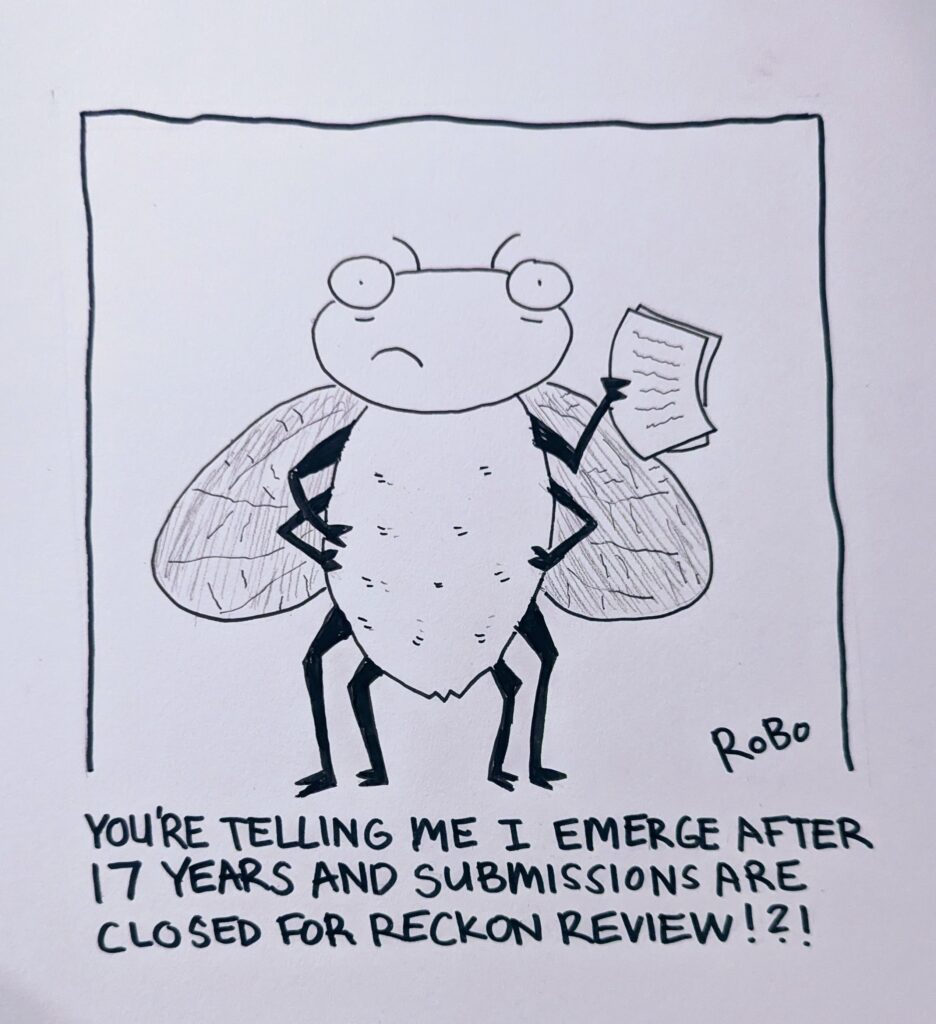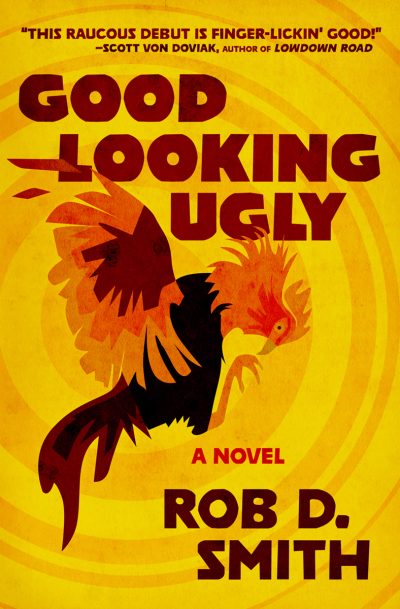
Sequential Art was my gateway into reading. And I loved to read. Nothing brought me more joy than exploring a fictional world that seemed more glorious than my own world. Comic books and comic strips just helped my already blossoming imagination with the art accompanying the words. Woeful Charlie Brown trying to get through childhood and needing therapy from Lucy. Spider-Man swinging through the streets of Queens, New York, which might as well have been Mars to a kid from the suburbs of Louisville, KY. I voraciously read the morning newspaper’s funny pages. When my Mom went to the local grocery, I spent the whole time at the spinner rack reading comic books from Marvel and DC.
I would soon graduate to reading the paperback horror and western books next to the magazine rack, but I never gave up my love of comics and other cartoons. The brush strokes of the inked lines always pulled me back. People don’t realize that after an artist draws the scene in pencil, someone else called an inker goes over the work using black India ink using a pen or a brush. This adds another layer of expression to the storytelling. And I didn’t understand any of that as a kid, but it was there nonetheless. My lifelong pursuit of reading comics and comic strips led me further to discover the craft.
Every notebook I had at St. Bernard Grade School had my scribblings and doodles in it. Sometimes it was made-up superheroes like The Bulldog and sometimes it was weird people with small bodies and large eyes saying bad jokes. I was experimenting. Testing my abilities because I had decided I wanted to draw comic books for Stan Lee, the man in charge at Marvel Comics. Or draw a comic strip like Berke Breathed’s irreverent Bloom County. I had a little talent and a wildly inappropriate sense of humor. Sister Martin Gertrude said that I would help a person in a wheelchair up after they fell down some stairs but I would laugh afterward. She wasn’t wrong. I channeled my wickedness into comic strips and cartoons. Other kids sought me out to draw subversive images on their notebook covers.
At St. Xavier High School I was busy playing football and keeping up with my grades, but I was able to take an art class elective which spent more on painting and other classic forms of creation. I felt stymied until the teacher Ms. Bowman saw my drawings on my art pad. She was impressed and encouraged me to continue and use the classic art style combined with my cartoonish ways. She also pushed me to work on the anatomy of the figures I was drawing. Learn the rules before you can break them.
Senior year we got into basic screenprinting, and I swiped a bit of the Salty Dog beachwear logo that was all the craze back then, and made another cartoon brand called the Aztec Pool Puppies. Half the senior class got my screenprinted logo on t-shirts and some even put them on their cut-off Duckhead pants. Seeing my creation on the clothing of my classmates was a proud moment if not surreal. If anyone from the Class of 1987 has a surviving shirt, please get ahold of me.
My major in college was Fine Arts with a core study of Graphic Design. I thought I had the chops to be an illustrator at some firm. My confidence lagged though and after I graduated; I floundered in unskilled jobs to pay the bills. While delivering pizza for Papa John’s and selling appliances at Sears, I dreamed of drawing a comic strip or comic one day. Sketching ideas out whenever I had free time. Pen and ink time with my pad of paper became therapy for my state of malaise.
I read up on some of my favorite artists and some had started as gag cartoonists. This is a single-panel cartoon that you would see in the New Yorker or a trade magazine. The other advice was to come up with ten funny ideas to draw a day. This discipline of creating humorous scenarios gave me a stockpile of material. RoBo was my signature at the bottom of every single panel cartoon. I got to work and mailed out submissions to several magazines. I got a lot of rejections which prepared me for the rejections that would come from writing fiction but Reptile Magazine bought one. The validation caused me to weep tears of joy.
With renewed confidence, I put together a comic strip submission package. It had to be a cover letter, a synopsis of the strip and characters, plus twelve sample comic strips. Comic strips look tiny in the back of the newspaper but in reality, the creator draws them at five inches by seventeen inches. Then it is scanned in and shrunken down to fit into the newspaper format. It was a lot of work following the guidelines which was also practice for future fiction submissions.
My comic strip was called Area 51. A gray alien with a round head and big eyes would host a David Letterman-style late show that would broadcast on a public cable channel. Guests would be the water-skiing squirrel and other minor celebrities. I thought I could also make irreverent political statements like Bloom County did. I gathered all my hard work and mailed it off to the Washington Post Writers Group syndicate.
This is the part where I tell you they bought my comic and published it for years to accolades underneath Peanuts and above Funky Winkerbean in your daily newspaper. Alas, I piled up rejections upon rejections. My confidence got broken to pieces again and it took a long time to get it back. Too long. I still draw. Every family member gets a hand-drawn card for their birthday. I think they appreciate that more than any gift I give them.
I’ve found my voice again but it’s channeled into writing. I was always a writer when I was drawing as well. You can’t have comic books and comic strips without the story. I used a fancy term when I started my essay. Sequential Art. Will Eisner developed the term through the four elements of design, drawing, caricature, and writing. That’s a way of elevating comics into something considered respectable. It was always just the funny pages to me.


Rob D. Smith is a common man attempting to write uncommon fiction out of Louisville, KY. He is an Honor Roll recipient for Outstanding Stories in the 2024 The Best Mystery Stories of the Year. Currently an editor at Rock and a Hard Place Press, his work has appeared in Apex Magazine, Shotgun Honey, Pyre Magazine, Thriller Magazine, Tough, Reckon Review, Vautrin, and several other crime, horror, and speculative magazines, anthologies, and online publications. Good-Looking Ugly is his debut crime novel. Find his work at https://robdsmith.carrd.co/

2 responses to “IT’S FUNNY IF YOU THINK ABOUT IT | By Rob. D. Smith”
One of Rob Smith’s strengths as a writer are his quirky and imaginative characters. Reading this post, I can see how is early passion for cartoons and comic strips influences his writing now. Love it so much.
I worked with Rob for a number of years and have been on the receiving end of some of his artwork. Whether it was a birthday card, quick cartoon he whipped up to lift my spirit, or a funny caricature related to something we found hilarious they have always brought a chuckle to my gut and smile to my face.
Congrats on your novel!
Well done Good Sir!